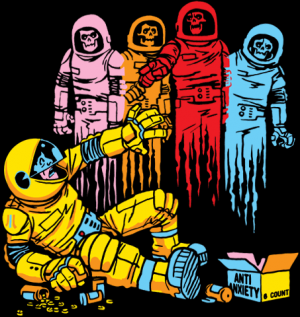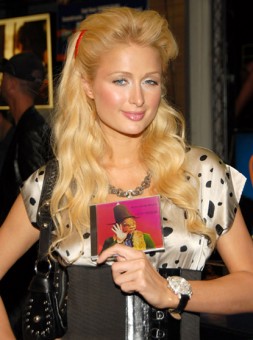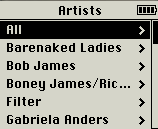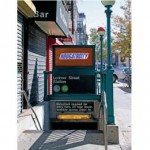Everyone’s experienced that thing where you’re listening to something, and you think to yourself, “Holy shit does this remind me of fall 2004.” How strongly certain music is correlated with certain periods of your life depends on many things, including but probably not limited to when you first heard it, when you first liked it, and when your listening to it was most highly concentrated. So, for instance, in my case, most Destroyer albums will recall times and places that are vague at best, and that depend mostly upon first exposure rather than concentration — this as a result of the fact that I listen to every Destroyer album all the time, approximately.
Blueboy’s Unisex, on the other hand, will probably always remind me of the winter of 2006-7, as I listened to it for the first time that season, nine additional times within that season (racking up about 150 tracks listened, according to Last.fm), and virtually never again once spring hit.
Ever since I began submitting listening data to Last.fm in November of 2004, I’ve wondered whether I’d ever enjoy direct access to all those numbers. Then came Last.fm Extra Stats, mercifully collecting all my listening data for me in a tab-separated file that can be pulled into Excel and manipulated to my heart’s content. Here, as a small example of the data, are my top ten artists (by tracks listened) from winter 2006-7, along with total listens for each artist (since November 2004) (now that I’m finally getting around to publishing this post, all the following data is very old):
| Winter 2006-7 |
| Artist |
Winter (S) ↓ |
Total (T) |
| Trans Am |
163 |
163 |
| Blueboy |
148 |
163 |
| The Lucksmiths |
69 |
105 |
| Ratatat |
50 |
126 |
| The Moldy Peaches |
49 |
51 |
| White Flight |
36 |
41 |
| Television Personalities |
35 |
35 |
| Beach House |
35 |
64 |
| Revolving Paint Dream |
32 |
58 |
| RJD2 |
31 |
52 |
Now for some methodology. Continue reading
 “In 1976, Cosmonaut Nikolai Peckmann was sent alone to an orbiting space station for what would be called Mission Six- to study the radiation levels and strange circumstances that killed all four crewmen of the last research mission.”
“In 1976, Cosmonaut Nikolai Peckmann was sent alone to an orbiting space station for what would be called Mission Six- to study the radiation levels and strange circumstances that killed all four crewmen of the last research mission.” West Virginia speaks out about Obama: “I don’t like the ‘Hussein’ thing. I’ve had enough of ‘Hussein.'”
West Virginia speaks out about Obama: “I don’t like the ‘Hussein’ thing. I’ve had enough of ‘Hussein.'”
 The first two advantages are things you almost never need to do with music libraries. And the third has been supplanted by now-ubiquitous search boxes: if you know what you’re looking for, you search; and if you don’t, an alphabetized list is not the way to find it.
The first two advantages are things you almost never need to do with music libraries. And the third has been supplanted by now-ubiquitous search boxes: if you know what you’re looking for, you search; and if you don’t, an alphabetized list is not the way to find it.





